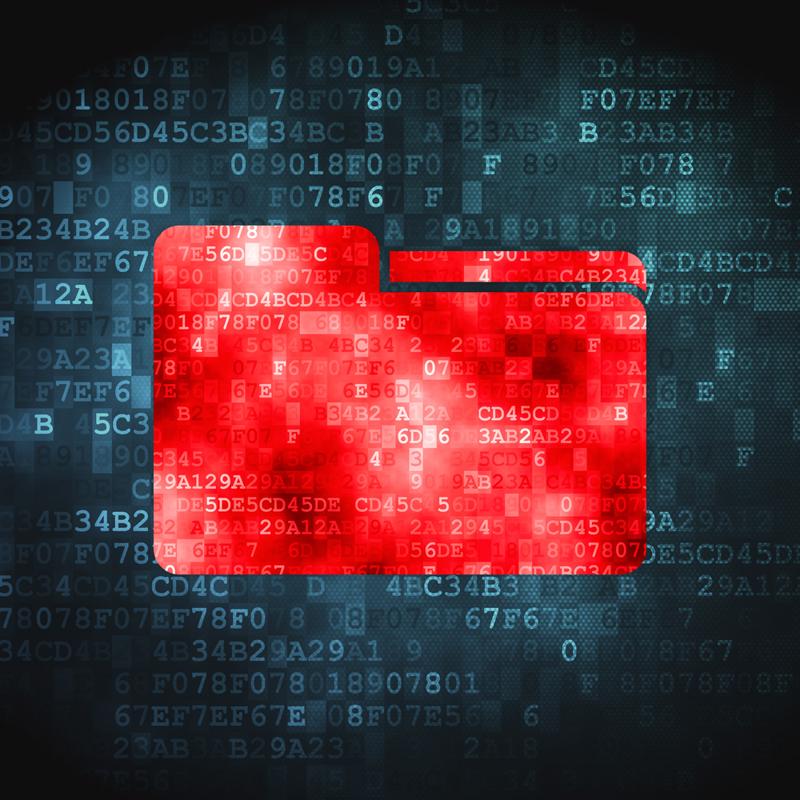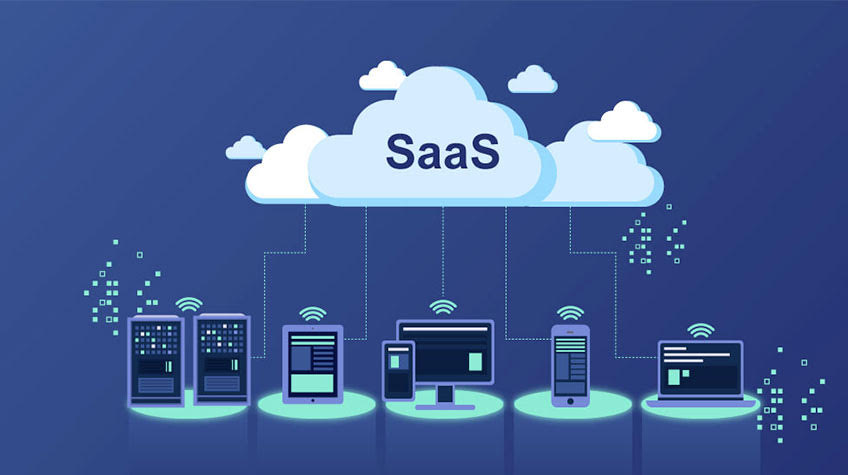Due to the fast-paced nature of most medical facilities, inefficiency in any form can be an egregiously frustrating process. Sadly, the reality of the Health Insurance Portability & Accountability Act requires healthcare professionals to exchange documents via fax. Once a technological marvel, the fax machine has fallen behind the times and has forced these medical institutions to rely on one of the most inefficient means of information transfer: paper.
But why is paper so ineffective for healthcare document communication and management, and what can be done to solve the larger problem at hand? Let’s take a look:
"Digital means of communication are much more useful."
Paper medical records are a hassle
Although it's been used for centuries and allowed for countless innovations, paper's time in the sun may be coming to a close. Digital means of communication are much more useful than their flimsy, physical counterpart for many reasons. To begin, digital files are nowhere near as destructible as paper, especially when factoring in a cloud-based environment.
A fax, at most, has two copies: one in the hands of the recipient and one at the sender's office. Cloud-based records, on the other hand, are virtually limitless. While a major fire within a healthcare facility can easily destroy a filing cabinet full of important patient files, such an event would only be able to ruin the specific devices used to access a record in a cloud-based healthcare solution.
Aside from that, digital documents are also infinitely easier to find. A study conducted by consulting firms InfoTrends and Brother International found that time spent searching for paper records is extremely costly. The report stated that filing a document for review costs about $2.30 on average, with finding the document at a later time costing around the same amount.
Considering the fact that the study also found that 15 percent of every single document printed in the U.S. can be traced back to the medical sector, that's quite a lot of money spent on employees searching for important patient information. Digital means of document transfer and storage have a more user-friendly search function, thereby eliminating a lot of the wasted man-hours associated with record retrieval.

FoIP is a solid solution to the fax machine's woes
Although regulatory standards are forcing healthcare facilities to continue using the technology, the world as a whole is still heavily reliant on faxing to transfer sensitive documents. In fact, Davidson Consulting discovered that the world sends about 100 billion faxes every single year. Clearly, legacy fax systems still have an incredibly large reach.
That said, medical facilities and healthcare communications require a higher level of efficiency than any other industry. Lives are literally at stake here, which is why healthcare administrators should look into Fax over IP. FoIP has long been heralded as a solid solution to legacy fax machine problems, while also still affording the security that is required by HIPAA. By cutting down on both paper consumption and time searching for vitally important medical records, our cloud-based healthcare solution can help ensure efficiency at your facility.
Enhance enterprise communication, collaboration, and compliance efforts with a proven FoIP solution from FaxCore. Contact FaxCore today to learn more about their 'Partly-Cloudy' fax solutions.



